
1. Water needs to be added. If necessary, add water to the water tank to protect the power system of the car and prevent excessive temperature. If there is no water or the water level is too low, the dashboard will call back the alarm. You should often check the water level of the water tank in the engine compartment. If there is less water, you need to add it. Note that what should be added is antifreeze, not ordinary water.
2. Cars don't need to add water, and cars need to use special coolant. The engines used in cars are water-cooled engines, which rely on the continuous circulation of coolant in the engine to dissipate heat. The coolant has two cycle paths in the engine, one is a large cycle and the other is a small cycle.
3. Cars don't need to add water. Cars need to use special coolants. The engine used by the car is a water-cooled engine, which relies on coolant to continuously circulate heat in the engine. There are two cycle paths for coolant in the engine, one is a large cycle and the other is a small cycle.
4. Cars don't need to add water, but cars need antifreeze. The engine used in the car is a water-cooled engine. The water-cooled engine relies on antifreeze to circulate heat in the engine. If there is no antifreeze, the temperature of the engine will be too high. If the engine temperature is too high, it will affect the normal operation of the engine.
5. Strictly speaking, cars do not need to add water. Because the temperature of the water tank will exceed 100 degrees in extreme cases, and the water will evaporate at 100 degrees, increasing the pressure of the internal pipeline and increasing its own wear.Not to mention in winter, it will freeze.

Strictly speaking, steam The car doesn't need to add water. Because the temperature of the water tank will exceed 100 degrees in extreme cases, and the water will evaporate at 100 degrees, increasing the pressure of the internal pipeline and increasing its own wear.Not to mention in winter, it will freeze.
All cars, whether sedans or SUVs, need water, but this water does not refer to the water we drink daily, but to coolant or antifreeze. The water inlet of the car water tank is generally located on the right side of the engine compartment, usually next to the water inlet of the wiper fluid. As shown in the figure below, the water inlet of the water tank is called the antifreeze tank.
Strictly speaking, cars don't need to add water. We need to add something to the vehicle, something related to water, or something like that. There are three kinds of liquids. The first one is antifreeze. The second is glass water, and the third is the electrolyte of car batteries.
When the car needs to add water? If you don't spray water, just add water. It is not recommended to add tap water. There are too many impurities in the tap water, which is easy to block the nozzle and produce scale.It is easy to freeze with tap water in winter, which will burst the wiper kettle.
Some car owners will replace it with water in summer. It's not impossible, but it's not recommended. If the water tank does not leak, you can not add water all year year, but it should be checked frequently. As long as it is not missing, there will be almost no shortage. If it is less, there is no standard. It is also recommended to replace the water in the water tank in about a year.
[Pacific Automobile Network] No need to add water, but antifreeze and glass water need to be added.
Cars don't need water, but cars need antifreeze. The engine used by the car is a water-cooled engine, which relies on antifreeze to keep circulating heat in the engine. If there is no antifreeze, the engine will overheat.If the engine temperature is too high, it will affect the normal operation of the engine.
Water needs to be added. If necessary, add water to the water tank to protect the power system of the car and prevent excessive temperature. If there is no water or the water level is too low, the dashboard will call back the alarm. You should often check the water level of the water tank in the engine compartment. If there is less water, you need to add it. Note that what should be added is antifreeze, not ordinary water.
Cars don't need to add water, and cars need to use a special coolant. The engines used in cars are water-cooled engines, which rely on the continuous circulation of coolant in the engine to dissipate heat. The coolant has two cycle paths in the engine, one is a large cycle and the other is a small cycle.
Enhanced supplier vetting processes-APP, download it now, new users will receive a novice gift pack.
1. Water needs to be added. If necessary, add water to the water tank to protect the power system of the car and prevent excessive temperature. If there is no water or the water level is too low, the dashboard will call back the alarm. You should often check the water level of the water tank in the engine compartment. If there is less water, you need to add it. Note that what should be added is antifreeze, not ordinary water.
2. Cars don't need to add water, and cars need to use special coolant. The engines used in cars are water-cooled engines, which rely on the continuous circulation of coolant in the engine to dissipate heat. The coolant has two cycle paths in the engine, one is a large cycle and the other is a small cycle.
3. Cars don't need to add water. Cars need to use special coolants. The engine used by the car is a water-cooled engine, which relies on coolant to continuously circulate heat in the engine. There are two cycle paths for coolant in the engine, one is a large cycle and the other is a small cycle.
4. Cars don't need to add water, but cars need antifreeze. The engine used in the car is a water-cooled engine. The water-cooled engine relies on antifreeze to circulate heat in the engine. If there is no antifreeze, the temperature of the engine will be too high. If the engine temperature is too high, it will affect the normal operation of the engine.
5. Strictly speaking, cars do not need to add water. Because the temperature of the water tank will exceed 100 degrees in extreme cases, and the water will evaporate at 100 degrees, increasing the pressure of the internal pipeline and increasing its own wear.Not to mention in winter, it will freeze.

Strictly speaking, steam The car doesn't need to add water. Because the temperature of the water tank will exceed 100 degrees in extreme cases, and the water will evaporate at 100 degrees, increasing the pressure of the internal pipeline and increasing its own wear.Not to mention in winter, it will freeze.
All cars, whether sedans or SUVs, need water, but this water does not refer to the water we drink daily, but to coolant or antifreeze. The water inlet of the car water tank is generally located on the right side of the engine compartment, usually next to the water inlet of the wiper fluid. As shown in the figure below, the water inlet of the water tank is called the antifreeze tank.
Strictly speaking, cars don't need to add water. We need to add something to the vehicle, something related to water, or something like that. There are three kinds of liquids. The first one is antifreeze. The second is glass water, and the third is the electrolyte of car batteries.
When the car needs to add water? If you don't spray water, just add water. It is not recommended to add tap water. There are too many impurities in the tap water, which is easy to block the nozzle and produce scale.It is easy to freeze with tap water in winter, which will burst the wiper kettle.
Some car owners will replace it with water in summer. It's not impossible, but it's not recommended. If the water tank does not leak, you can not add water all year year, but it should be checked frequently. As long as it is not missing, there will be almost no shortage. If it is less, there is no standard. It is also recommended to replace the water in the water tank in about a year.
[Pacific Automobile Network] No need to add water, but antifreeze and glass water need to be added.
Cars don't need water, but cars need antifreeze. The engine used by the car is a water-cooled engine, which relies on antifreeze to keep circulating heat in the engine. If there is no antifreeze, the engine will overheat.If the engine temperature is too high, it will affect the normal operation of the engine.
Water needs to be added. If necessary, add water to the water tank to protect the power system of the car and prevent excessive temperature. If there is no water or the water level is too low, the dashboard will call back the alarm. You should often check the water level of the water tank in the engine compartment. If there is less water, you need to add it. Note that what should be added is antifreeze, not ordinary water.
Cars don't need to add water, and cars need to use a special coolant. The engines used in cars are water-cooled engines, which rely on the continuous circulation of coolant in the engine to dissipate heat. The coolant has two cycle paths in the engine, one is a large cycle and the other is a small cycle.
HS code mapping to logistics KPIs
author: 2024-12-24 02:12HS code integration with digital customs forms
author: 2024-12-24 02:11How to comply with EU trade regulations
author: 2024-12-24 01:52How to reduce stockouts via trade data
author: 2024-12-24 01:39How to reduce documentation errors
author: 2024-12-24 00:40Medical diagnostics HS code classification
author: 2024-12-24 03:04Pharma supply chain mapping by HS code
author: 2024-12-24 02:38How to comply with origin rules
author: 2024-12-24 02:30Optimizing distribution using HS code data
author: 2024-12-24 00:52 Predictive analytics for trade flows
Predictive analytics for trade flows
438.12MB
Check Trade data-driven policy analysis
Trade data-driven policy analysis
492.32MB
Check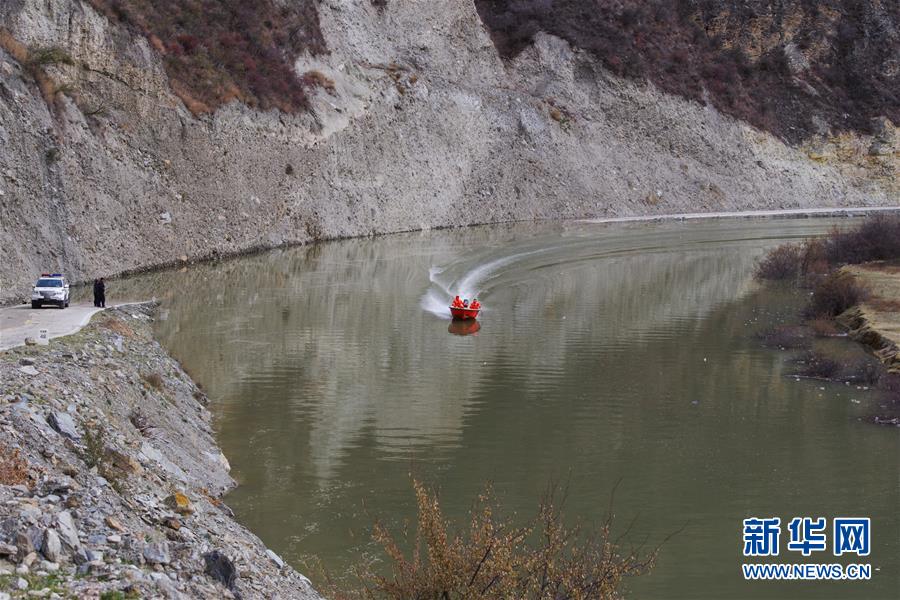 Fisheries products HS code classification
Fisheries products HS code classification
796.89MB
Check HS code integration in trade blockchains
HS code integration in trade blockchains
268.41MB
Check import export data
import export data
265.71MB
Check Real-time customs duty updates
Real-time customs duty updates
374.27MB
Check Nutraceuticals HS code verification
Nutraceuticals HS code verification
784.51MB
Check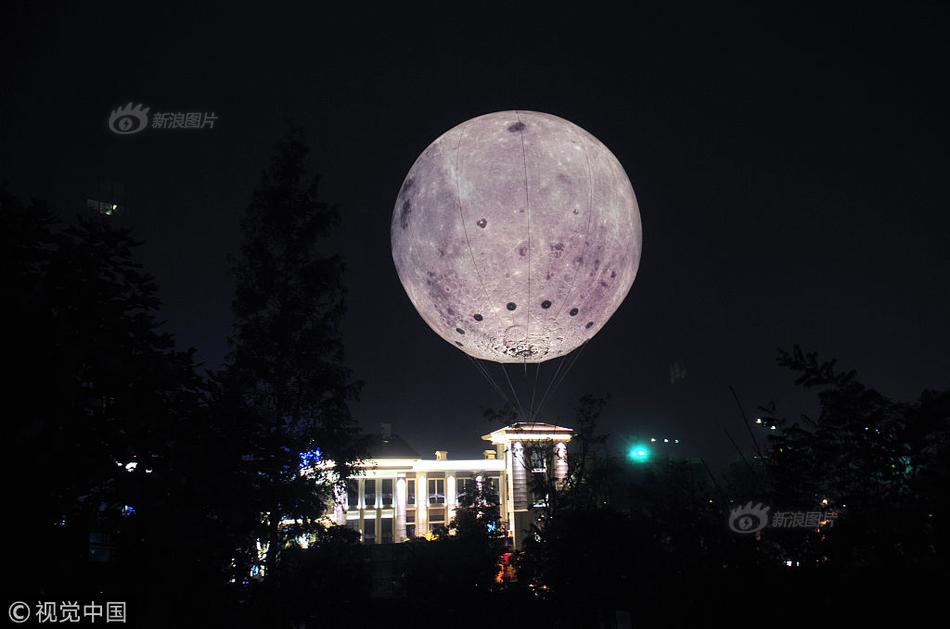 Plant-based proteins HS code verification
Plant-based proteins HS code verification
188.84MB
Check Meat and poultry HS code references
Meat and poultry HS code references
137.67MB
Check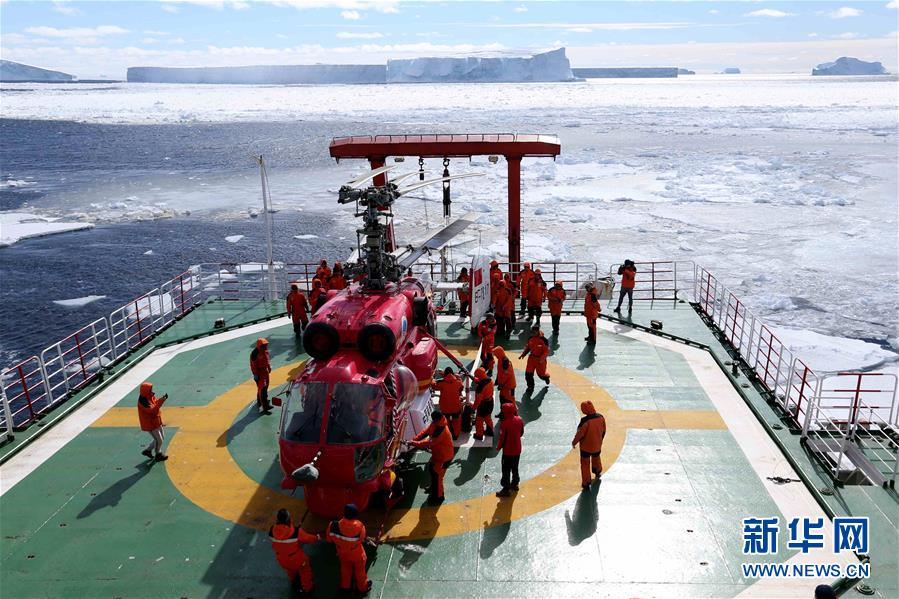 Comparative trade performance metrics
Comparative trade performance metrics
272.32MB
Check Trade data-driven inventory optimization
Trade data-driven inventory optimization
624.14MB
Check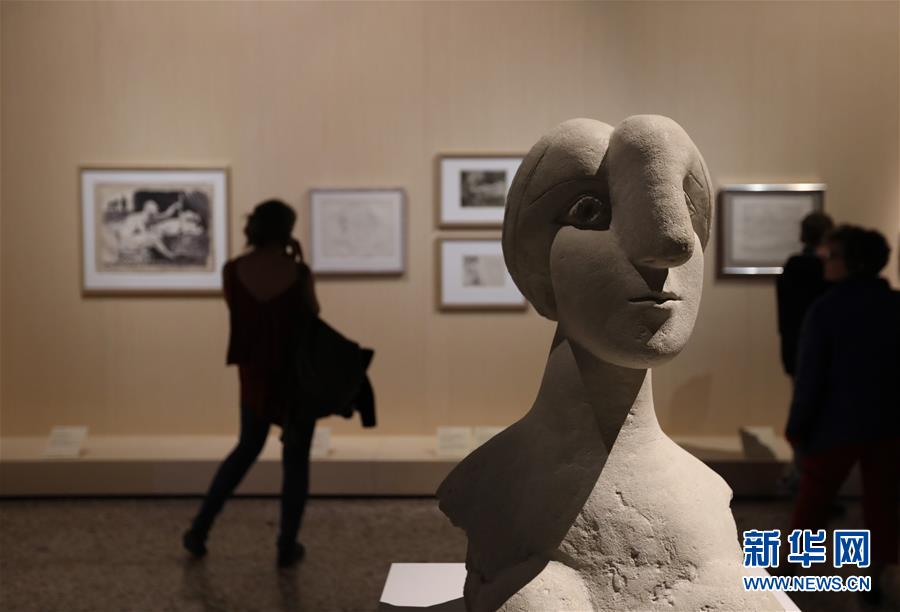 Top trade data plugins for analytics
Top trade data plugins for analytics
799.42MB
Check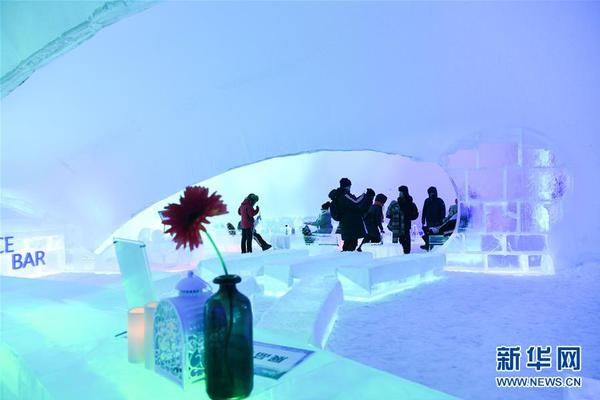 HS code-driven procurement strategies
HS code-driven procurement strategies
993.32MB
Check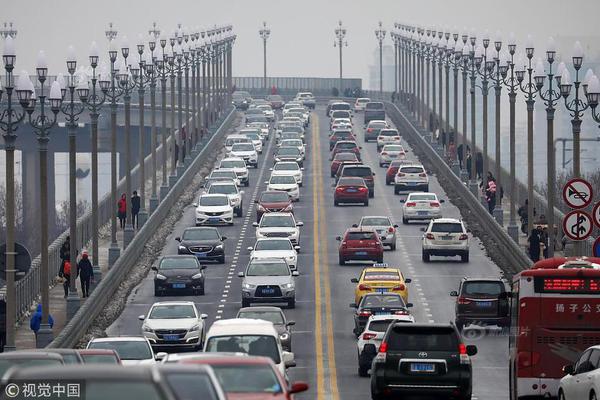 HS code-based quality control checks
HS code-based quality control checks
231.62MB
Check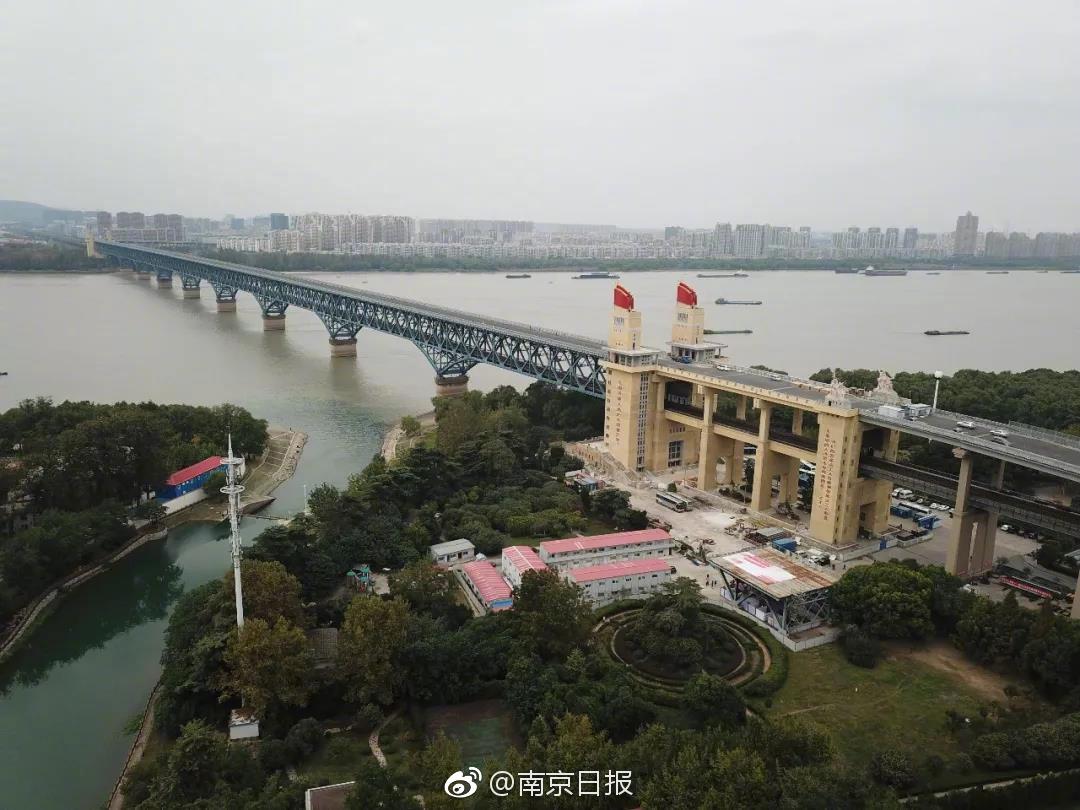 Medical consumables HS code data
Medical consumables HS code data
811.98MB
Check How to reduce lead times with trade data
How to reduce lead times with trade data
171.48MB
Check Semiconductor HS code verification
Semiconductor HS code verification
773.23MB
Check Global trade content syndication
Global trade content syndication
764.48MB
Check Global trade data pipelines
Global trade data pipelines
487.26MB
Check HS code-driven cost variance analysis
HS code-driven cost variance analysis
731.62MB
Check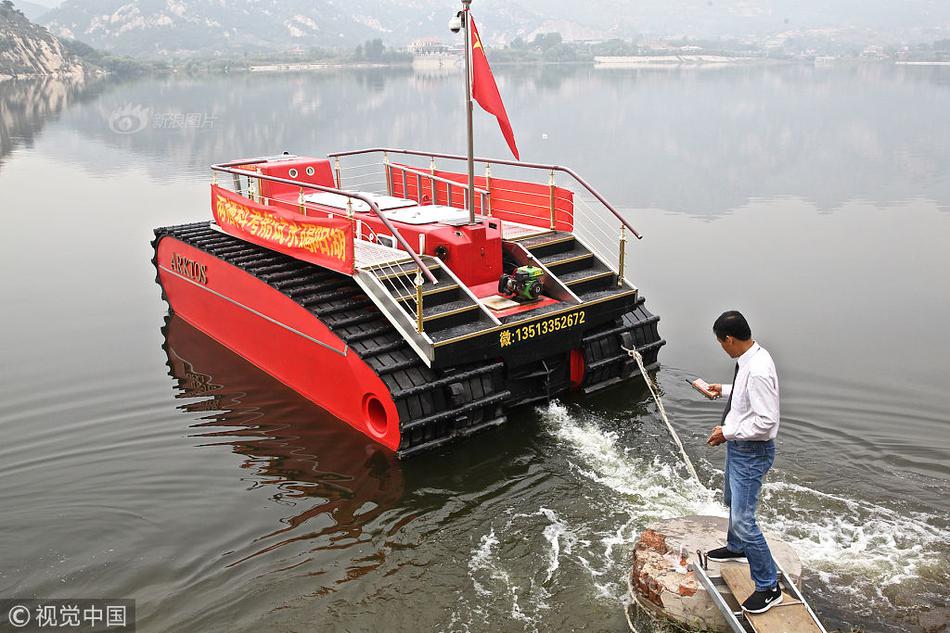 HS code-based SLA tracking for vendors
HS code-based SLA tracking for vendors
151.42MB
Check How to detect supply chain inefficiencies
How to detect supply chain inefficiencies
882.51MB
Check Customs compliance scorecards
Customs compliance scorecards
943.71MB
Check HS code-based alternative sourcing strategies
HS code-based alternative sourcing strategies
171.69MB
Check How to detect illicit trade patterns
How to detect illicit trade patterns
746.68MB
Check Trade intelligence for emerging markets
Trade intelligence for emerging markets
983.38MB
Check How to enhance supplier collaboration
How to enhance supplier collaboration
396.28MB
Check HS code-based warehousing strategies
HS code-based warehousing strategies
661.18MB
Check Enhanced due diligence via HS code
Enhanced due diligence via HS code
596.89MB
Check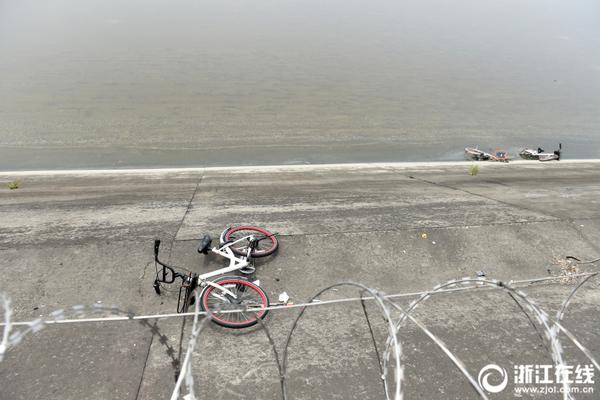 How to use analytics for HS classification
How to use analytics for HS classification
939.63MB
Check Crude oil (HS code ) export trends
Crude oil (HS code ) export trends
154.73MB
Check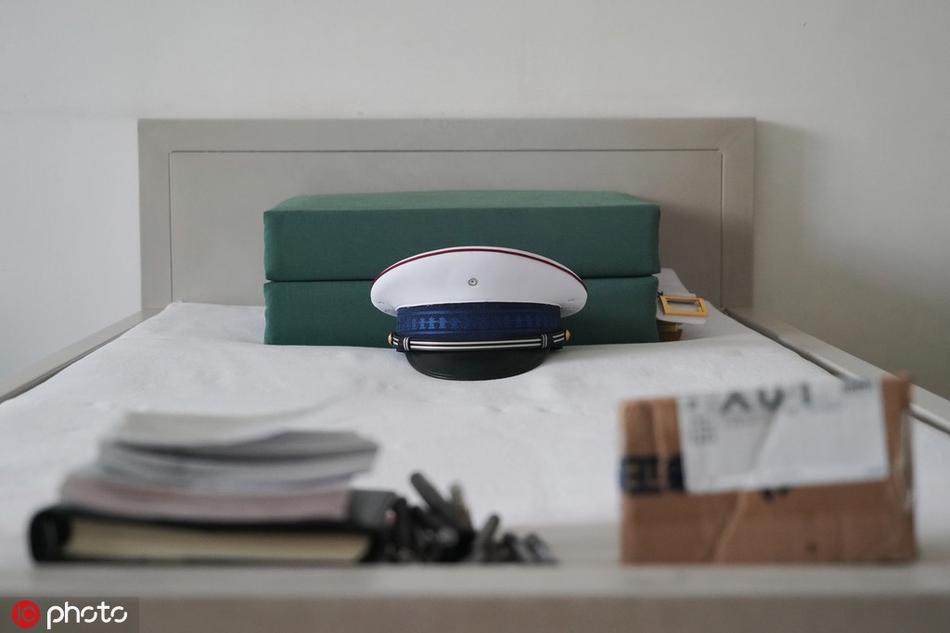 How to interpret trade volume changes
How to interpret trade volume changes
516.78MB
Check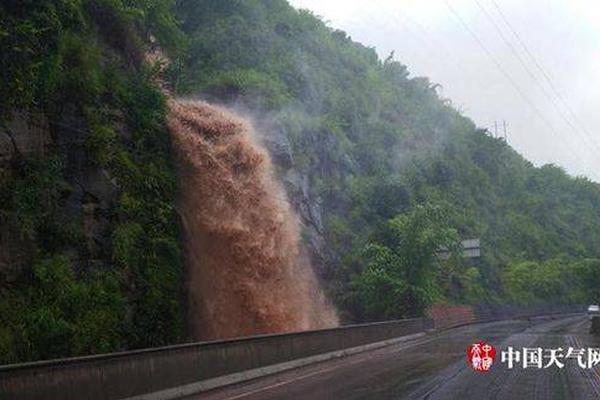 Trade data for construction materials
Trade data for construction materials
883.12MB
Check Raw tobacco HS code tracking
Raw tobacco HS code tracking
287.77MB
Check Industry benchmarking via HS codes
Industry benchmarking via HS codes
286.69MB
Check Trade data for industrial raw materials
Trade data for industrial raw materials
324.38MB
Check
Scan to install
Enhanced supplier vetting processes to discover more
Netizen comments More
764 Precision instruments HS code verification
2024-12-24 02:44 recommend
173 Solar panel imports HS code references
2024-12-24 01:58 recommend
1797 HS code tagging in tariff databases
2024-12-24 01:31 recommend
1633 Country of import HS code variations
2024-12-24 01:06 recommend
1276 Apparel HS code mapping for global exports
2024-12-24 00:40 recommend